Title: Daydreaming
Artist Statement:
From digital to analogue.
From digital music to abstract painting.
It is a process of transformation, not a conversion.
Inspired by daydreams,
the connected point of music and art was found﹣impromptus.
One key represents one color.
Randomly playing the keyboard,
the “cloud” with be colored with the unique music by every visitor.
Imagine the melody you have in your mind,
it appears with visualization at the same time.
No need to be professionals, everyone can play music and art as they like.
Play this artwork as relaxing as daydreaming.
Let’s play the music and create the colorful painting.
Enjoy and have fun.
Under the consideration of accessibility, I decided to change the watercolour paper to cottoned paper which can well absorb the color from the bottom slowly. Also, an abstract painting can be created in real time, keep changing every moment.
The principle of how it works
Once the key is pressed, colour will be absorbed by the cotton.
Reconstruct the keyboard by removing the original battery box.
Testing for the absorptivity of different materials.
MAking and setting.
The major concept and design would not change in large scale, just add some details of my final work. It is still considered as interactive installation that visitors can create an abstract painting by playing the keyboard. First, the distant between keyboard and the paper should not over 33cm(width of the given box). Also, stands are required to hold both the keyboard and the paper. To provide the variety of patterns, a rotatable base is put under the paper. The mechanical principle is shown below.
Mini spray bottle such as picture below is considered.
Resource:http://www.artsupplies.co.uk/item-colour-spray-bottle.htm?recommended=1
But I am not sure would the force given by pressing the key of the keyboard equals to that by splashing liquid from spray bottle. More experiments are going to prove. If it fails, method 1(painting brush to paint by “point”) may be considered as the backup plan, attaching water color brush on the keys.
Resource:http://www.ebay.com/itm/Pentel-Aquash-Water-Brush-fine-point-tip-watercolor-brush-Made-Japan-/280868541597
Back to my first proposal, a keyboard is used to attach the devices for color splashing. To see if it is workable, I have deconstructed it.
If I want to attach the devices for color splashing on the particular place of the keys, the cover of the bottom should be removed. However, the battery container is attached in the bottom, therefore, another external battery container is required. Then, I can remove the original one.
For the way of color splash, I have tried watercolor on paper.
1) Use painting brush to paint by “point”
2) Use spray bottle to splash
I prefer method 2 because it has more variety of patterns created on paper in cased the position of the paper are fixed.
Let’s try different papers.
a) Common drawing paper
b) 170gsm printing paper
c) Chinese art paper
d) Translucent Paper
e) Watercolour drawing paper
Watercolor drawing paper would be the best choice but it is even better if increasing the concentration of pigments.
There is abstract art installation which is energetic.
Resource: http://en.paperblog.com/superb-modern-abstract-art-4-splendid-art-installations-ii-179975/
But the form of color is the main character in this kind of installation, showing how it expresses in 3D. Maybe I need to focus on abstract painting.
Pigments can be splashed out to compose amazing painting which looks powerful.

Resource:
http://www.wallcoo.net/cartoon/abstract_rainbow_colours_13_1920x1200/html/wallpaper25.html
http://www.wallpaperdev.com/wallpaper/1680x1050/abstract-paint-colors-hd-wallpapers-25388.html
But there is another way to create abstract paintings, like dropping pigments on the paper.
Resource:http://depositphotos.com/4963254/stock-photo-Abstract-watercolor-painting.html
http://depositphotos.com/7266934/stock-photo-Abstract-watercolor-blot.html
I think both of the two methods are workable but I should do some experiments.
According to CZECK(2013), Miami based artist Augusto Esquivel has used a similar concept to create life sized musical instruments- but walking through these would be a sin.
The form of piano is changed and replaced by buttons. It is interesting that different materials are used to present ‘music’ in installations.
Resource:http://www.visualnews.com/2013/01/26/strings-of-buttons-become-musical-instruments/
There is another form of piano, made by Olek. She uses crochet to imitate the outlook of the piano.

Resource:
http://www.theepochtimes.com/n2/united-states/pop-up-piano-receives-surprise-visitor-58345.html
http://www.agataolek.com/portfolio/sculptures_olek_03of26.html
But I have realized that presenting music by musical instruments is not the main idea of my artwork. Instead of that, transferring digital music into visual product is my aim. Therefore, the appearance of the instrument is less important than how this installation functions.
Musical Arch Installation by Charles Baughman.
Resource: http://dailypaintersofkansas.blogspot.hk/2011/06/musical-arch-installation-at-botanica.html
This kind of visualization is more related to my work. “Color” is one of the important elements to express how digital music can be as beautiful as paintings. Recently, I have realized that although analogue and digital seems to be opposite, they are just the different way to express the same object or feeling. I love music and I think both music and painting bring happiness to people and have the nature of uncertainty.
From digital to analogue. From music to painting. They share the same meaning.
From digital to analogue.
This artwork will present music in visual way. My primary idea is to set up an interactive installation that involves viewers to play with. An electronic musical instrument will be placed and allow visitors to play, such as keyboard. When music is played, a traditional “analogue” style of visualization will appear, that is, some pigment may splash out and to create an amazing abstract painting. The whole process of “painting” is a kind of art, randomly transforming digital music into lively paintings. Settled with some light effect would make the whole process to be more energetic, in order to emphasize the transformation from boring to interesting stuffs. Also, visitors can even try to paint by themselves. Each key may connected to different color pigment, in results of making different paintings by playing different melody.
The above is the basic principle of the set up. Due to the limitation of space, it will be done in a small scale, probably within the size of the box given. May be the direction of the color splash will be adjusted to be vertical.
Let’s find if there any related artwork!
Transition is the main idea among these artworks. The artists are playing with the relationship between them.
Faces of human, particularly some famous ones are showed under mosaic pattern. It also shows how image presented in digital way which involves the values of pixels.
Resource:http://blog.misskl.com/index.php/2012/09/claw-world-analogue-digital-series-by-wbk/#.UR9Mdlr24Sg
This clock is also interesting that it is digital clock in large scale which made up of 24 small analogue clocks.
Resource:http://www.mymodernmet.com/profiles/blogs/digital-clock-made-of-24
The conversion between analogue and digital is really fascinating. After being inspired by those artworks, I decided to play with the transformation too. But to be creative, what about presenting it in a reverse way? That is from digital to analogue. As this artwork is required to cross media and I have learned some basic concept and skills of audio, drawing and installation throughout this course. It should be a great idea to mix them all.
Here are some pictures related to "analogue".
Resource:
http://www.adamdorman.com/rainmeter/1/11/
http://telecom.hellodirect.com/docs/Tutorials/AnalogVsDigital.1.051501.asp1
One of the above websites has discussed the relationship between analogue and digital that is “conversion”.
“As a technology, analog is the process of taking an audio or video signal (in most cases, the human voice) and translating it into electronic pulses. Digital on the other hand is breaking the signal into a binary format where the audio or video data is represented by a series of "1"s and "0"s. Simple enough when it's the device—analog or digital phone, fax, modem, or likewise—that does all the converting for you.” By Paul Wotel
I may simply define it as
Resource:
http://services.exeter.ac.uk/cmit/modules/the_internet/slides/ch05s02s01.html
This webpage also mentions that
· Traditional media is analogue
continuous transitions between sounds
· Computer-based media is digital
stepped transitions between sounds
music reduced to a stream of discrete whole numbers
There are so many pictures of clocks presenting these two concepts in the internet.
I can even simplify it as
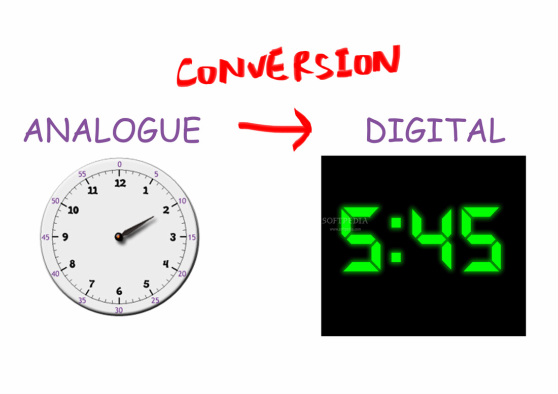
Resource:
http://www.mathsisfun.com/time-clocks.html
http://www.softpedia.com/progScreenshots/Digital-Clock-Screen-Saver-Screenshot-23338.html
They are both presenting time but in different forms.
According Wikipedia, analogue has a variety of meanings. I am interested most about the meaning “in science”. Well…but it is still an abstract concept to me. I have realized that it is related to some scientific data which is continuous but not really static at all.
At the same time, I have found that it is generally compared with another term—“digital”. Somehow they might have the opposite meaning. Interesting.

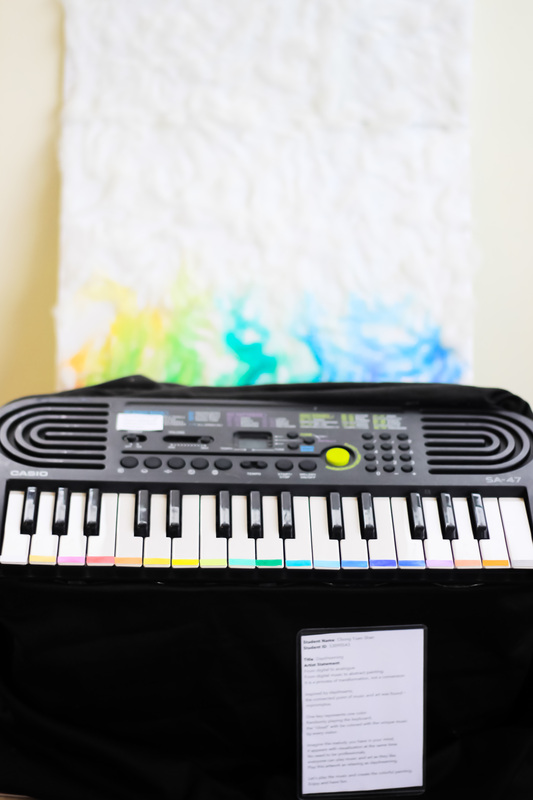
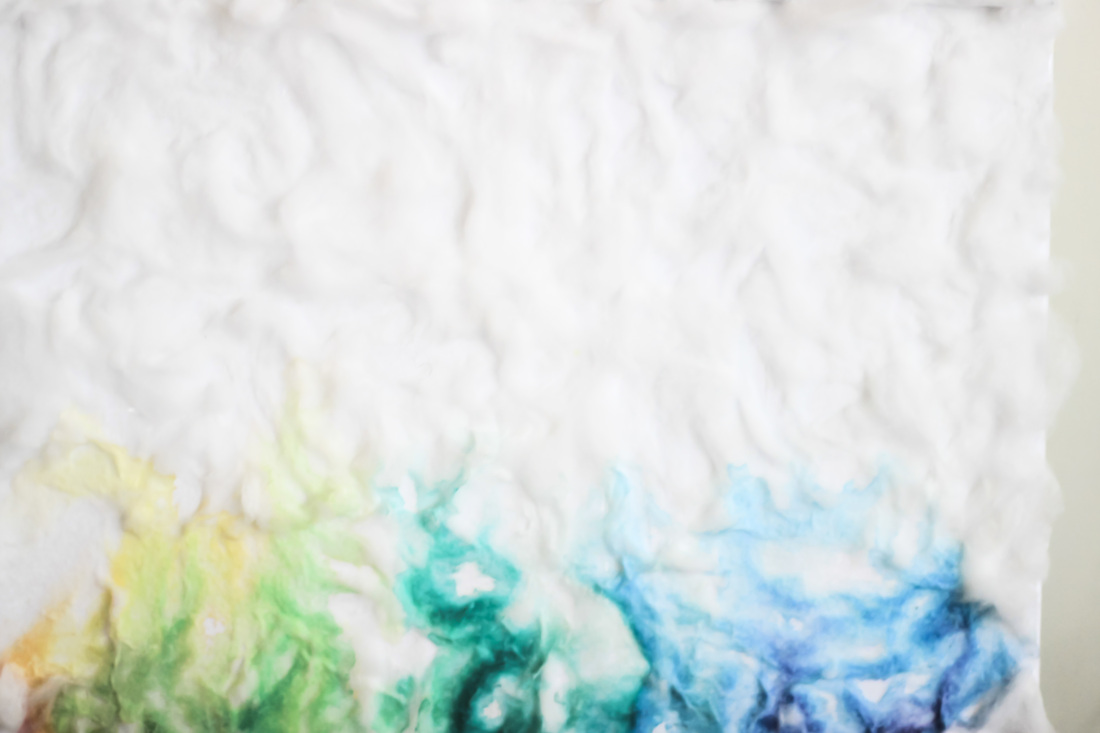

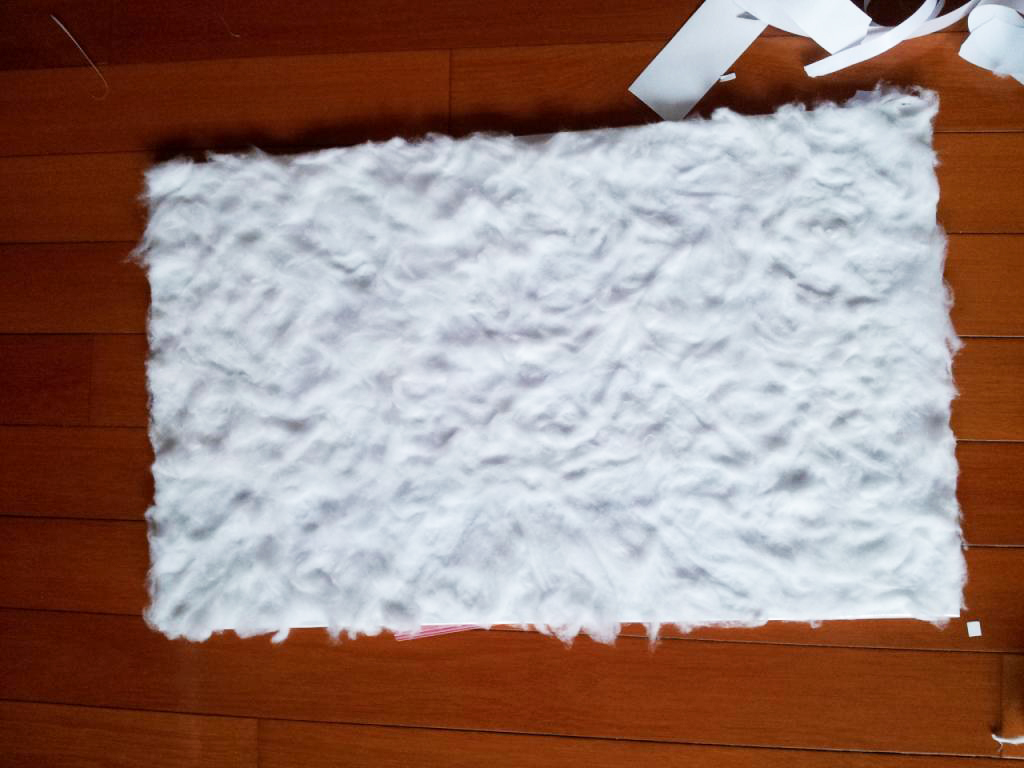

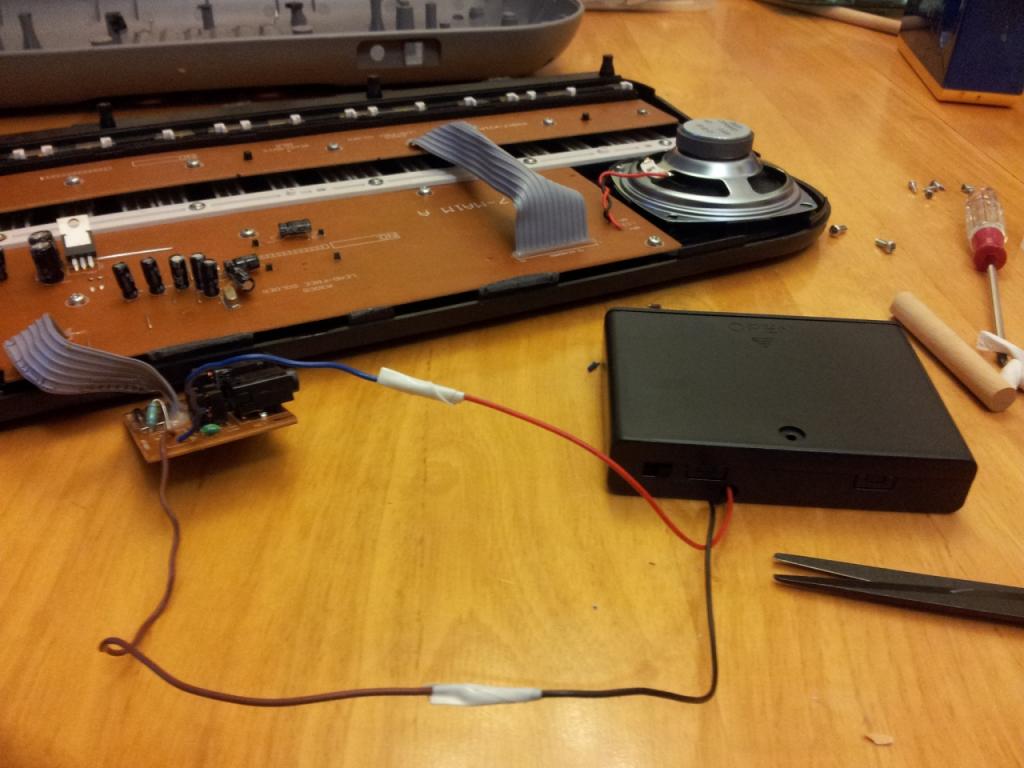

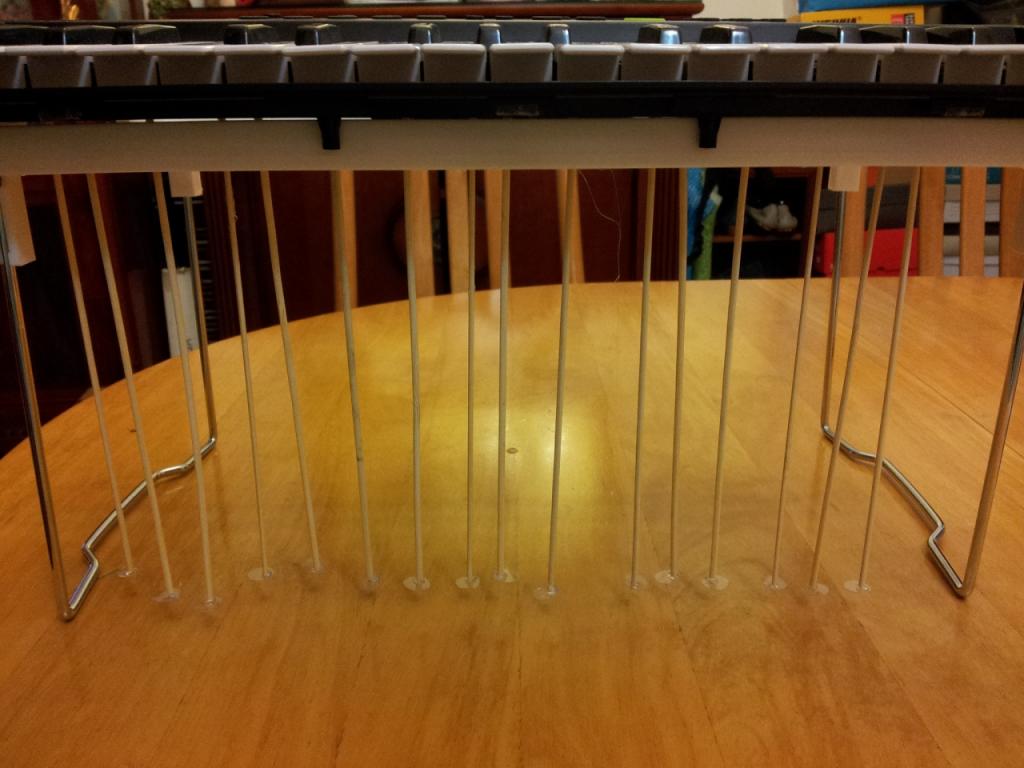
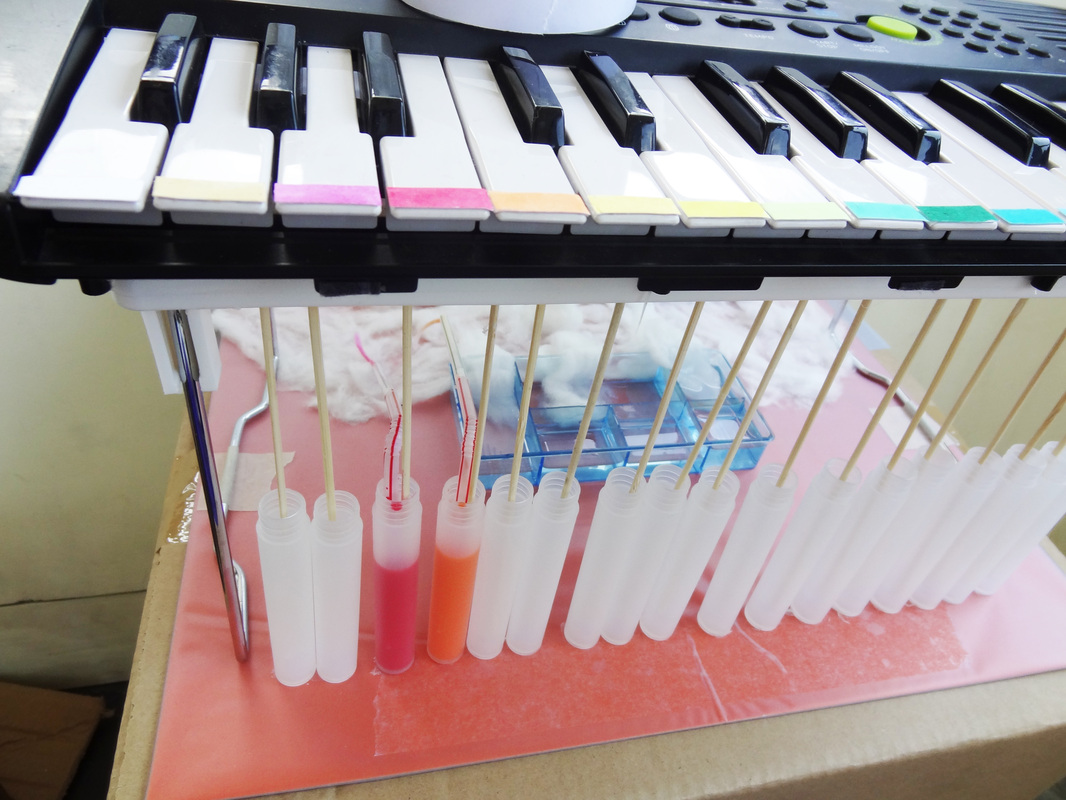




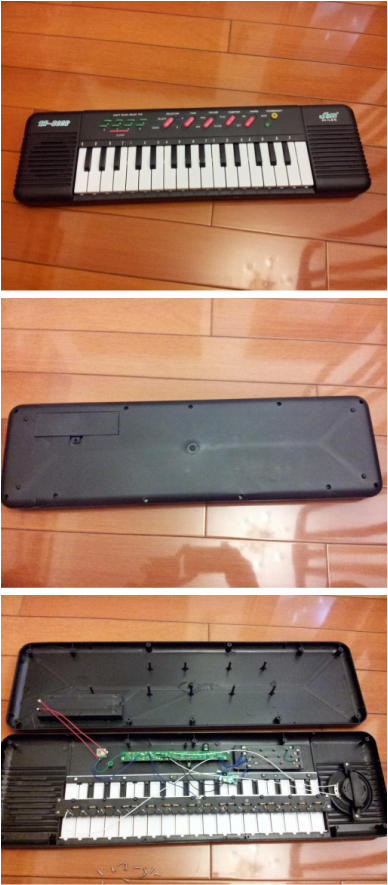









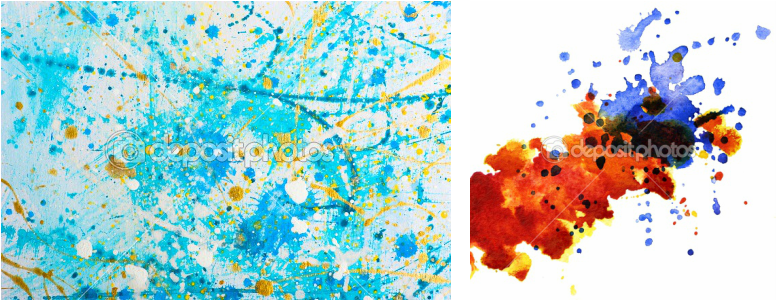


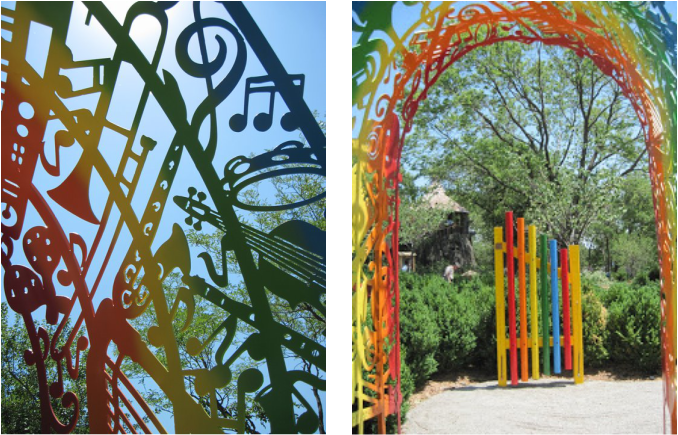
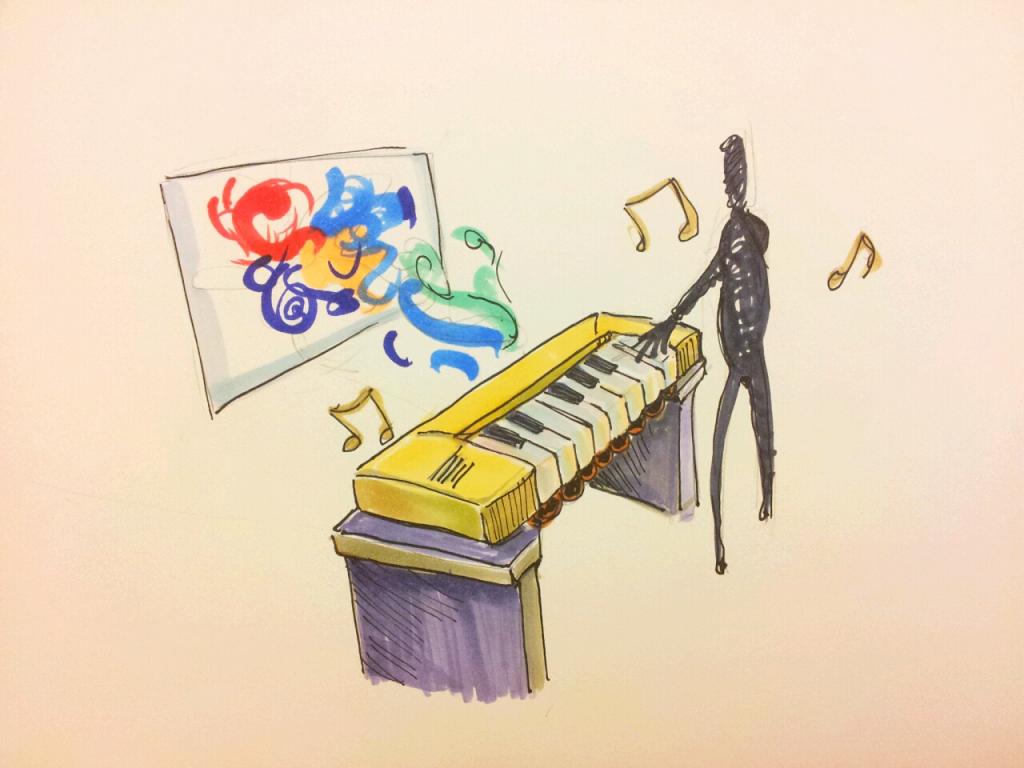

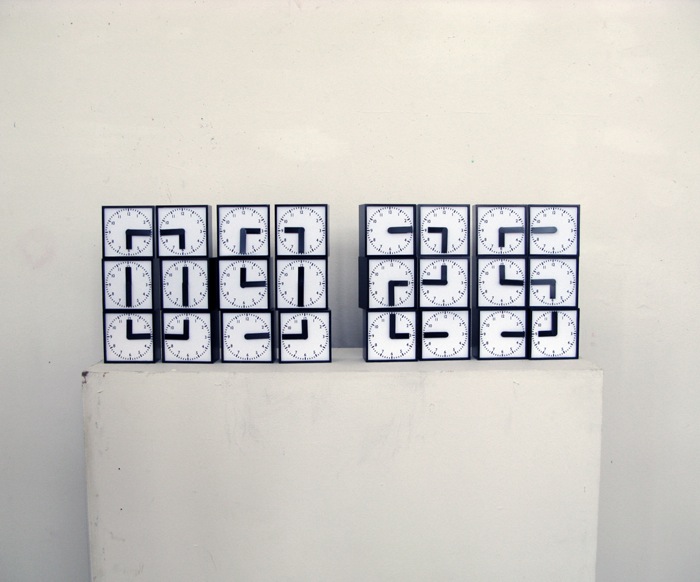

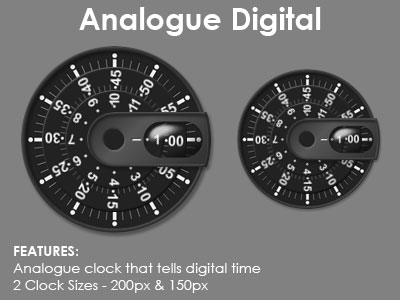
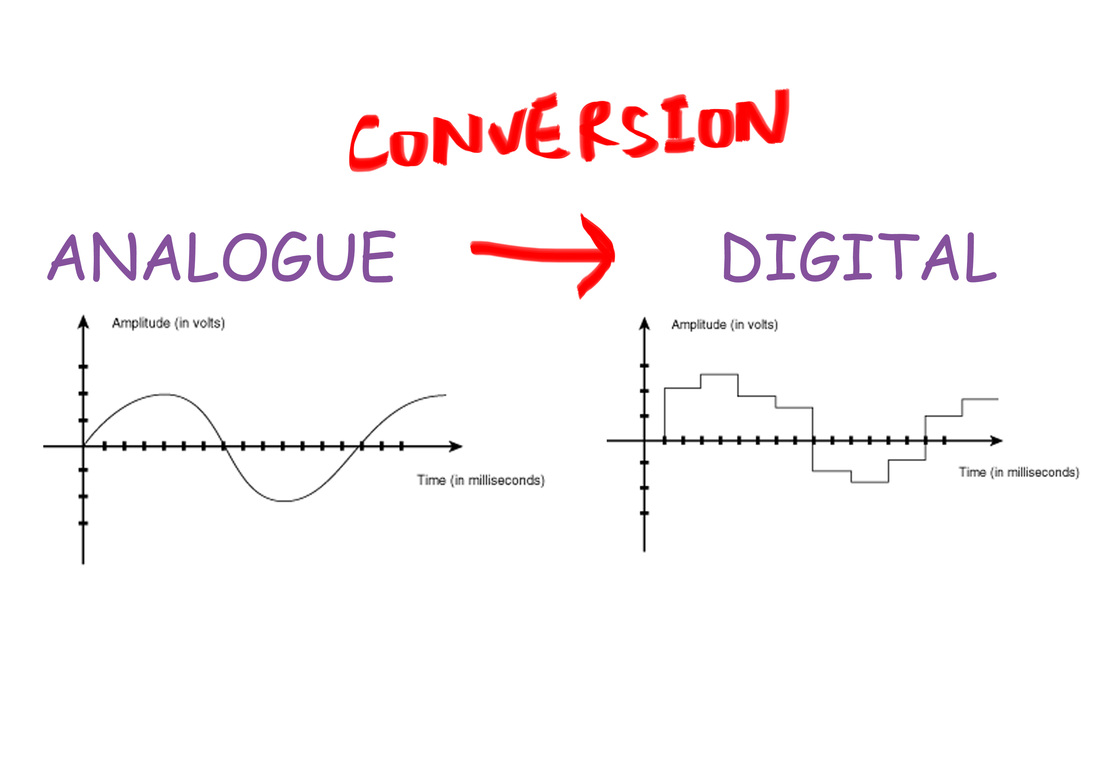

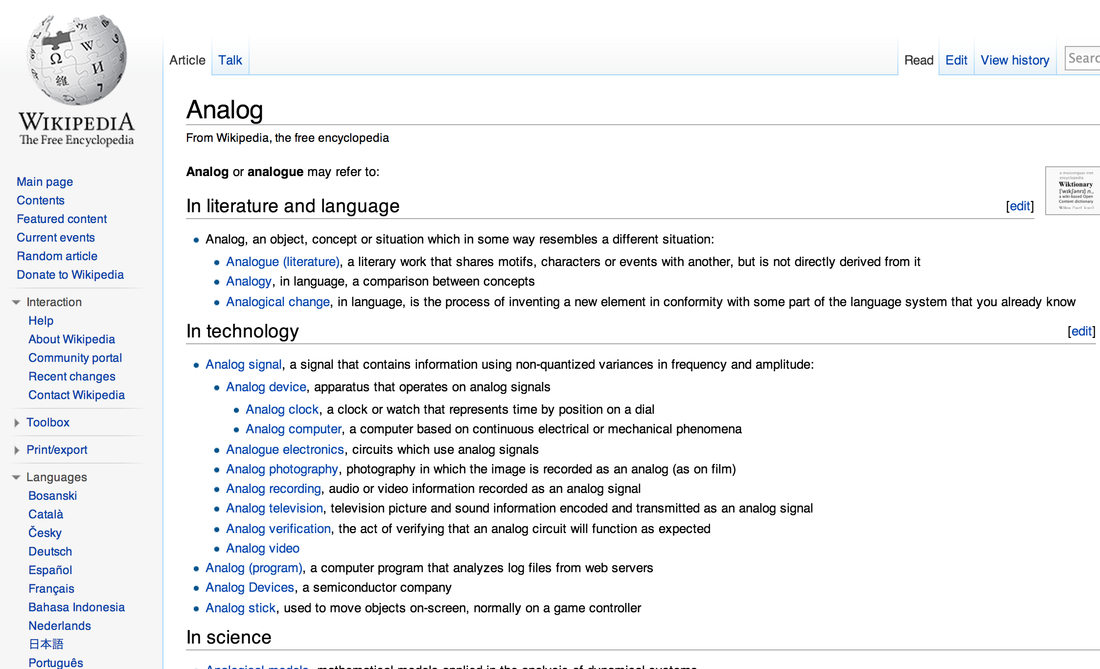

 RSS Feed
RSS Feed